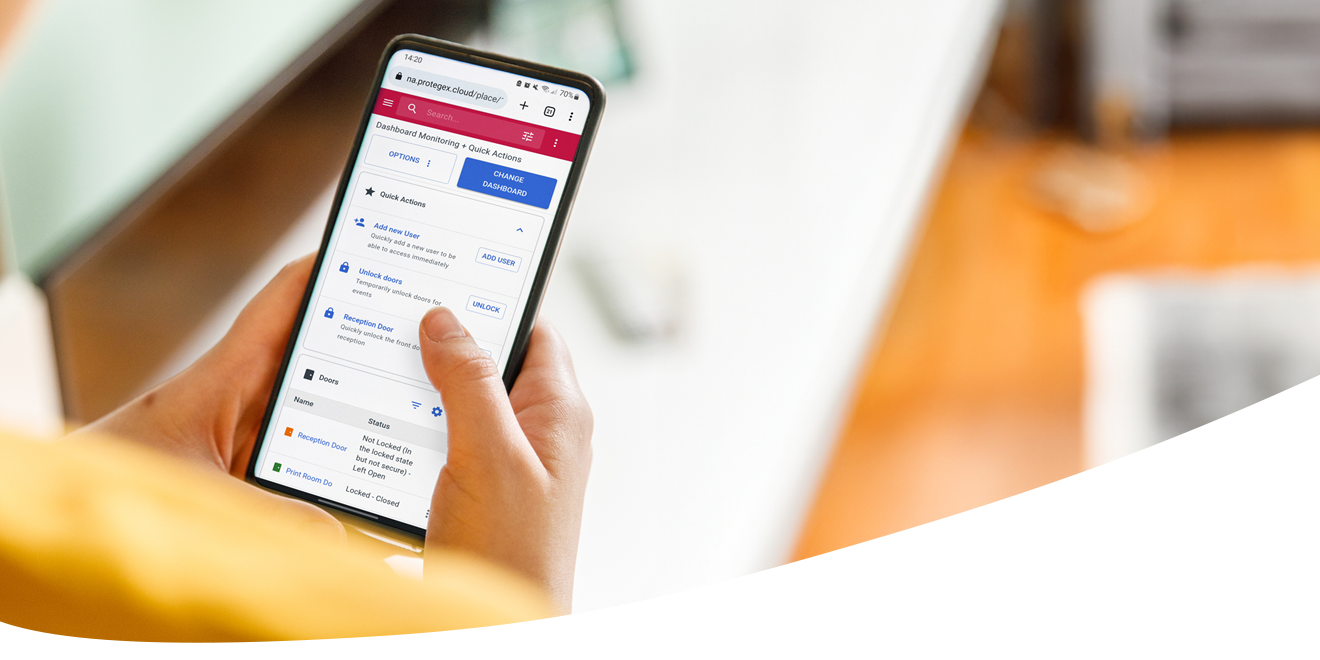
Protege X cloud networking explained
Cloud based systems such as Protege X provide secure network connections to the cloud. Understanding the connections the controllers have and are making with Protege X is critical for IT teams to understand. Security installers and IT management must be confident that not only is the physical location secure but so is the existing data infrastructure with the integration of Protege X into their own systems.
Protege X, the internet and the cloud
The internet, which is used by most of the world on a daily basis, at its most basic level is a global network of interconnected devices connected by local networks containing even more devices. Through this interconnected network, users can access and exchange information, communicate, and utilize various online services on a daily basis.
With Protege X, the DIN Rail controller can be on any network or cellular connection, as long as there is access to the internet. The controller uses this internet connection to securely communicate with Protege X Cloud Services.
How the controller communicates with Protege X
The controller can be setup with a static or dynamic host configuration protocol (DHCP) address on the network of choice. It uses a static or DHCP provided domain name system (DNS) server to resolve Protege X services. This means a controller can be set to DHCP on most networks and be securely plug-and-play.
After enabling cloud connectivity in the controller's web interface, the controller establishes a secure connection directly with Protege X. All communications between the controller and Protege X are encrypted within this connection. There is no requirement to open ports into the network like with other solutions.
For high security networks that restrict traffic leaving the network, tech support will be able to work with the installer to provide IT with what they need to ensure the controller communicates with Protege X while maintaining network security.

Security made simple
Not only is Protege X easier to setup – no port forwarding or static IPs needed – it’s been specifically designed to be a secure plug-and-play solution.
Protege X's connection is more secure than non-cloud solutions, thanks to no requirements for port forwarding or inbound connections to the controller. The controller’s connection to Protege X is validated over secure protocols.
With Protege X, you can provide the following to the IT department at your next project discussion:
- No port forwards required
- Connections to Protege X are only made over secure HTTPS
- DHCP plug-and-play or static addressing supported
- Programming stored in Protege X Cloud Services are built on top of Microsoft Azure
Thanks to the cloud, system networking is a breeze.

